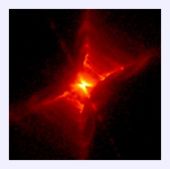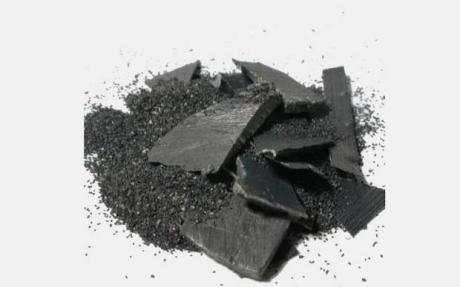
© The Daily Galaxy
New evidence has been discovered that reinforces the panspermia thoery that the red rain which fell in India in 2001, contained cells unlike any found on Earth. Panspermia is the idea championed by physicist Fred Hoyle that life exists throughout the universe in comets, asteroids and interstellar dust clouds and that life of Earth was seeded from one or more of these sources.
In 1903, in the German journal
Umschau, Svante Arrhenius removed the meteors from the equation. Instead, he wrote, individual spores wafted throughout space, colonizing any hospitable planet they lit on. Arrhenius named the theory panspermia.
A growing body of evidence suggests that it might be Hoyle and Arrhenius might have been correct.
For example, various insects such as have been shown to survive for months or even years in the harsh conditions of space. the Allen Hills Mars meteorite that some scientists believe holds evidence of life on Mars, is that its interior never rose above 50 degrees centigrade, despite being blasted from the Martian surface by an meteor impact and surviving a fiery a descent through Earth's opaque atmosphere.
"Spores," says Gerda Horneck, of DLR German Aerospace Center in Köln, "can withstand a variety of different hostile conditions: heat, radiation, desiccation, chemical substances, such as alcohol, acetone and others. They have an extremely long shelf life. This is because the sensitive material, the DNA, is especially packed and protected in the spores
In 2001, the inhabitants of Kerala in the southern India observed red rain falling during a two month period. One, Godfrey Louis, a physicist at nearby Cochin University of Science and Technology, intrigued by this phenomena, collected numerous samples of red rain to find out what was causing the contamination, perhaps sand or dust from some distant desert.


